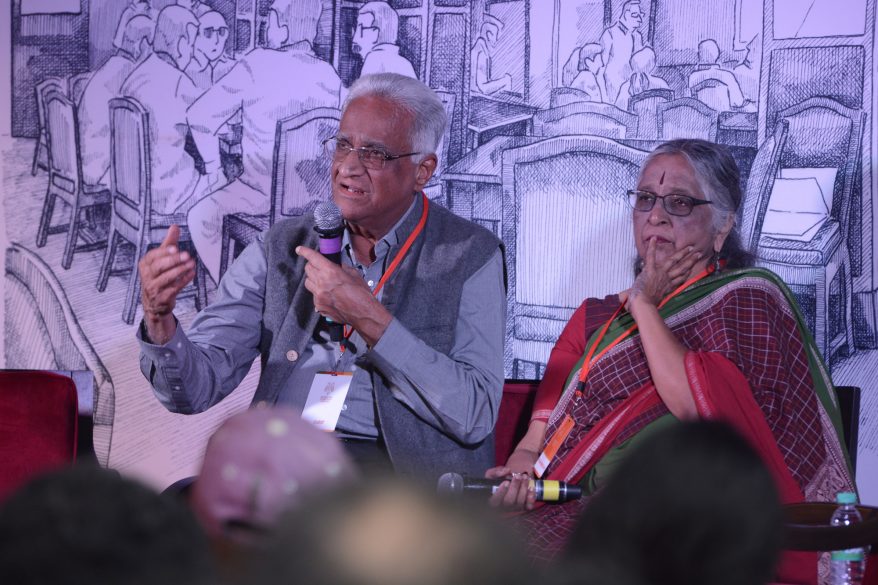It is only fair that someone having as iconic a stature as Satyajit Ray also must have had a life full of equally iconic incidents. In 1962 Ray was all set to be the first ever Asian to venture out with the most ambitious science fiction project. Satyajit’s screenplay genius bowled the entire Hollywood industry and who’s who of America wanted to be associated with this film.
Shantanu Ray Chaudhari, an ardent Satyajit Ray fan, author and editor took the audience to a lesser known tragedy that India’s stellar filmmaker faced. Satyajit had come up with one of the best screenplays for a science fiction story set in rural Bengal. The story was about a poor, village boy and his tryst with an extra-terrestrial being that descends from a spaceship and the tender relationship that ensues. Sounds familiar? That is exactly what Satyajit felt when years later in 1977, during the Berlin film festival he happened to watch a Spielberg movie that was very similar to his much anticipated ambitious sci-fi project which for mysterious reasons had gotten shelved.
Shantanu during this session took the avatar of a storyteller enchanting the audience with the world of filmmaking and science fiction, describing the poignant tragedy of losing out on a chance in creating history in the filming world.
About the author: Monica Kamath is a curious being who strongly believes that a right time, right place and a right person can create wonders. True blue Bangalorean, a multi-linguist who can speak more than five Indian languages, love to understand people, dialects and cultures. Blog link – https://medium.com/@monicskamath. She currently writes for Bookstalkist







